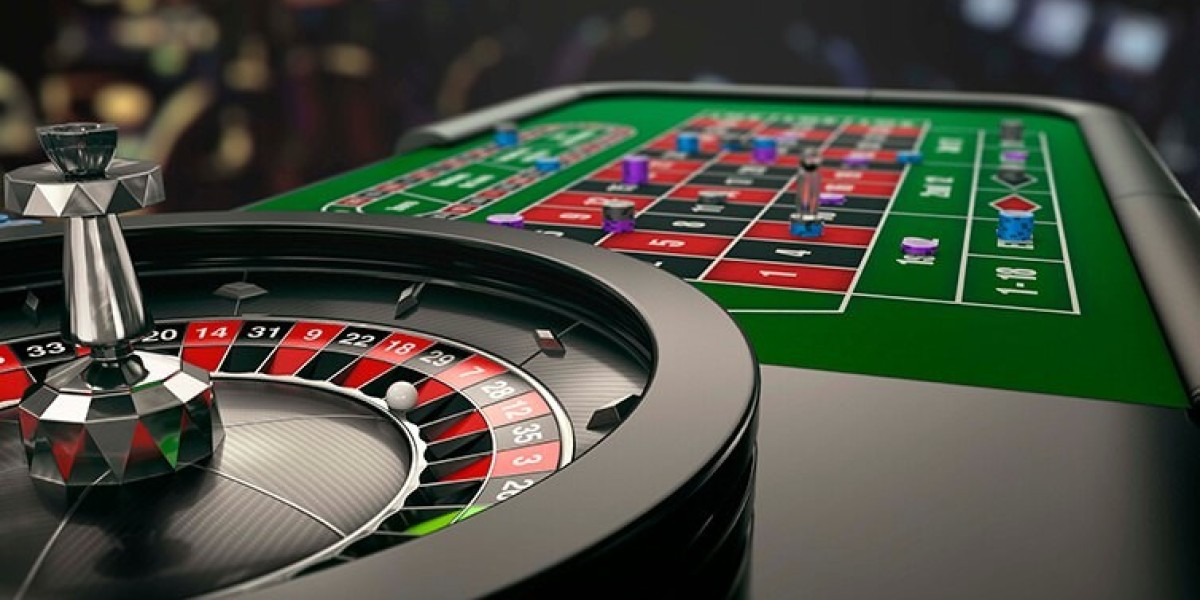Introduction
In today’s world, where safety is paramount across numerous fields—from industrial work to sports—protective glasses play a vital role in safeguarding our eyes. These specialized eyewear pieces are designed to shield your eyes from potential hazards, whether you’re working with chemicals, engaging in outdoor activities, or involved in high-impact sports. In this guide, we will explore the importance of protective glasses, their types, and how to choose the best pair for your needs.
Why Protective Glasses Are Essential
Understanding the Need for Protection
Protective glasses are crucial because they provide a barrier between your eyes and potential hazards. Here are some scenarios where protective glasses are indispensable:
- Workplace Safety: In industries like construction or manufacturing, where flying debris, chemicals, or intense light are common.
- Sports: For athletes involved in high-impact sports like basketball or racquetball, where eye injuries can occur.
- Everyday Tasks: During activities like gardening or DIY home improvements, where small particles or chemicals might be present.
Key Benefits of Protective Glasses
- Prevents Eye Injuries: By creating a shield against physical impacts and harmful substances.
- Reduces Eye Strain: Specialized lenses can protect against glare and UV rays.
- Enhances Performance: In sports or work environments, clear vision can improve accuracy and efficiency.
Types of Protective Glasses
1. Safety Glasses
Features and Uses
Safety glasses are designed to protect against impacts and flying debris. They often come with:
- Polycarbonate Lenses: These are highly impact-resistant and offer excellent protection.
- Side Shields: To prevent particles from entering the eyes from the sides.
Ideal For
Construction sites
Laboratories
Workshops
2. Goggles
Features and Uses
Goggles provide a snug fit around the eyes and offer superior protection against:
Chemicals: They are sealed to prevent splashes from reaching the eyes.
Dust and Particles: Their design ensures that no debris can enter.
Ideal For
Chemical handling
Grinding or sanding work
Medical procedures
3. Safety Glasses with Side Shields
Features and Uses
These glasses come with additional shields on the sides, providing extra protection from lateral impacts and debris. They are useful in environments where:
Side Impact Risks: There is a high risk of debris coming from different angles.
Enhanced Coverage: The side shields offer comprehensive eye protection.
Ideal For
- Manufacturing facilities
- Woodworking shops
- Laboratory environments
4. Sports Protective Glasses
Features and Uses
Sports protective glasses are designed to withstand high impacts and often include:
- Shatterproof Lenses: To protect against ball impacts and accidents.
- Comfortable Fit: Designed to stay in place during physical activity.
Ideal For
- Basketball
- Racquet sports
- Cycling
Choosing the Right Protective Glasses
Factors to Consider
Type of Protection Needed: Identify the specific hazards you need protection from.
Comfort and Fit: Ensure the glasses fit well and are comfortable for extended wear.
Lens Material: Choose lenses that provide the right level of impact resistance and clarity.
Additional Features: Look for features such as anti-fog coatings or UV protection, depending on your needs.
Popular Brands and Models
3M: Known for its durable safety glasses with a wide range of styles.
Honeywell: Offers various models suited for different industrial applications.
Oakley: Renowned for sports protective eyewear with advanced impact resistance.
Frequently Asked Questions (FAQs)
What are the main differences between safety glasses and goggles?
Safety glasses are designed for general protection and are often more comfortable for extended wear, while goggles provide a more secure fit and offer protection against splashes and dust.
Can protective glasses be used for both indoor and outdoor activities?
Yes, many protective glasses are versatile and can be used for both indoor and outdoor activities. However, it’s important to choose glasses that are specifically designed for the environment you’ll be in.
How do I know if my protective glasses meet safety standards?
Look for certifications and standards such as ANSI (American National Standards Institute) or EN (European Norm) on the packaging or product description to ensure the glasses meet safety requirements.
Are there protective glasses available for prescription wearers?
Yes, there are protective eyewear designed to accommodate prescription lenses. You can get prescription safety glasses or goggles tailored to your specific vision needs.
Conclusion
Protective glasses are an essential tool for safeguarding your eyes from various hazards. Whether you’re working in a high-risk environment, participating in sports, or handling chemicals, the right pair of protective glasses can make a significant difference in preventing injuries. By understanding the different types of protective glasses and choosing the right one for your needs, you ensure both safety and comfort. Don’t overlook the importance of this crucial protective gear—invest in high-quality protective glasses today and keep your eyes safe from harm.








